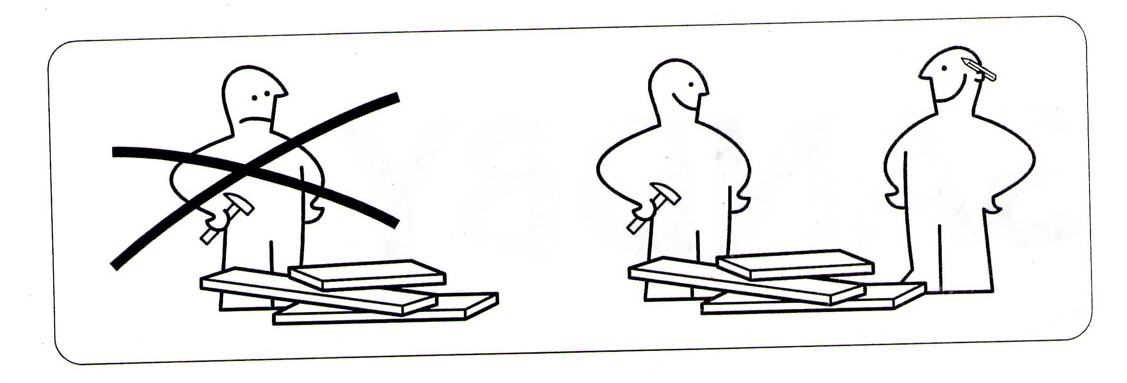 For years I’ve been encouraging authors to get other people involved in their books way before publication. There are a number of reeasons for this:
For years I’ve been encouraging authors to get other people involved in their books way before publication. There are a number of reeasons for this:
- accountability – as soon as you tell other people you’re writing a book you feel an obligation to make some progress, if only to save embarassment when they ask how you’re getting on. This is why I started The Extraordinary Business Book Club in the first place, and probably the only reason I’m anywhere near completion with my own book.
- feedback – what sounds great in your head might or might not work for your target reader. The only way you’ll know is if you test it out on them, and it’s much better to do that at an early stage in a safe space than publicly at launch. Get the feedback early and you have the chance to make the book better for your reader.
- engagement – when people are involved in a project, they get excited about it. And if there’s one thing you want when you launch a book, it’s a bunch of people already excited about it and willing to talk about it enthusiastically all over social media. It will mean much more coming from them than from you: you would say your book was brilliant, wouldn’t you?
There’s another dimension to this last point – the IKEA effect. In a working paper for Harvard Business School in 2011, Michael I. Norton, Daniel Mochon, and Dan Ariely described the Ikea effect as ‘the increase in valuation of self-made products’. If you’ve assembled that chest of drawers yourself, the reasoning goes, it’s worth more to you than one that arrived fully assembled. It’s a smart operational tactic: companies can offload low-level jobs onto the customer and not only save money but increase the perceived value of their product in the process: this is why ‘pick-your-own’ strawberries always taste so much better than those that come conveniently pre-packaged, and why the apple juice we pressed ourselves tasted so divine.
When people can see that they’ve contributed to your book, they will value it more highly, because they value their own labour. Note though that this only works if they feel they have in fact contributed: if their suggestions weren’t taken on board or acknowledged, the effect is likely to be negative. So don’t just invite people to give feedback and contribute: show them where they’ve made a difference, thank them publicly and privately, and enjoy the smug satisfaction of knowing that you’ve simultaneoulsy improved your book and enhanced its value to readers who will then go on to champion it to others.
This doesn’t need to stop when you publish, of course: there’s no such thing as fan fiction for business books, exactly, but smart authors allow their readers to become part of the book’s life once it’s published. Pat Flynn has a gallery of readers displaying his book Will It Fly? ‘in the wild’ while The Body Coach Joe Wickes showcases his readers’ transformations; two wildly different books, but a similar, and equally successful, strategy for taking people from passive readership into active participation.
What could YOU do?
